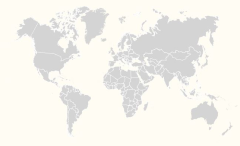Arthur John Strutt, was an English painter, engraver, writer, traveller and archaeologist.
Background
He was the son of the landscape painter Jacob George Strutt (1790–1864) and the writer and traveller Elizabeth Strutt. After travelling across Italy, in 1831, in retinue of his father, he moved to Rome, where he definitively established his residence. He travelled with his father in France and Switzerland from 1835 to 1837, and later in Italy.
Career
In 1841 he travelled on foot through central and southern Italy and in Sicily. An account of this journey is given in his A Pedestrian Tour in Calabria & Sicily published in London, in 1842. In 1849 Arthur John Strutt and his father had a studio at 52, via del Babuino, an address found both in the Roman Advertiser and, for Mistress
Strutt, in the address-book of Elizabeth Barrett Browning.
In 1853 his studio was at 33, via del Mercede. He is described as "a very clever painter of landscapes and Roman costumes, and author of an interesting work on Calabria".
In 1869 his studio was at 20, via di South. Basilio, and the description reads: "a very clever painter of landscapes, scenery about Rome, and groups of Roman peasantry and cattle. He has produced some large subjects of the Campagna, of its aqueducts, and the scenery along the Via Appia.. he is the author of an interesting work on Calabria".
In 1881 the address is 81, via della Croce, and the description largely unchanged.
From 1881 until his death in 1888 Strutt was an honorary inspector of antiquities at Lanuvium, on the recommendation of Rodolfo Lanciani. He was made an honorary citizen of the modern town of Lanuvio and elected to the Consiglio comunale or town council. His descriptions of Latin inscriptions in the area were published in the scientific periodical Notizie degli scavi di antichità of the Reale Accademia dei Lincei and elsewhere.



